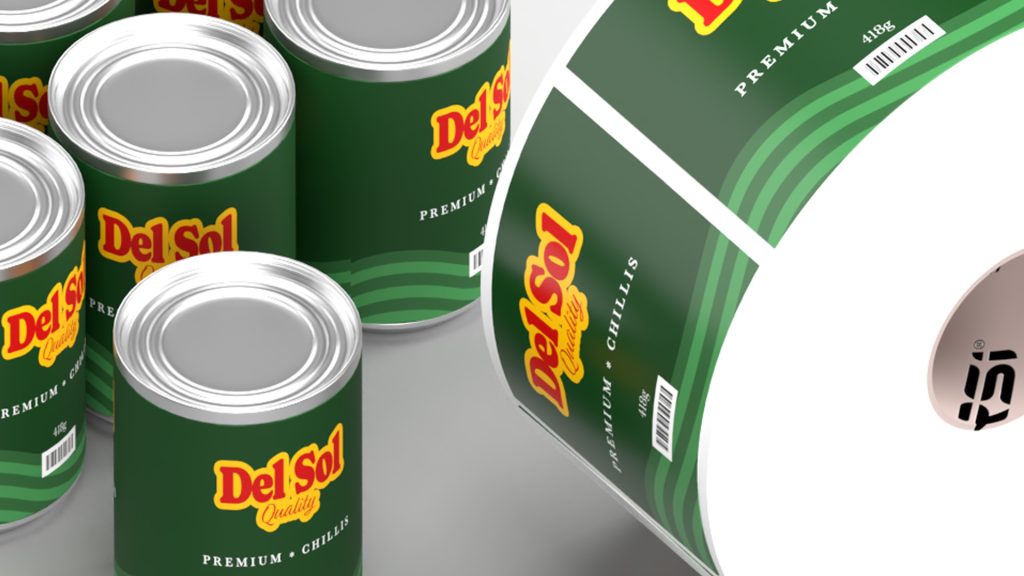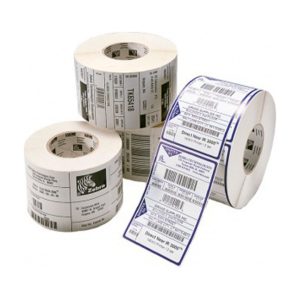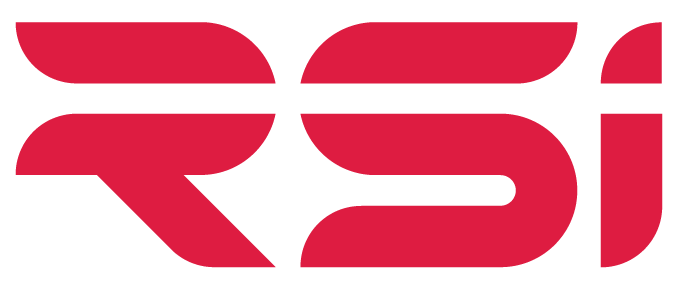In the dynamic and highly regulated world of the food sector, labels play a fundamental role. They not only inform consumers about the products they are purchasing, but are also crucial for food safety, traceability and regulatory compliance. In this article, we will explore the importance of labels in the food sector, the challenges companies face, emerging trends, different types of labels and specific materials and their applications.
1. Consumer Information
Labels provide vital information to consumers, including ingredients, allergens, nutritional values and expiration dates. This transparency not only helps consumers make informed decisions, but also promotes brand trust. A clear and accurate label can be a deciding factor in choosing a product, especially for those with specific dietary needs.
2. Food Safety
Food safety is a top priority in the food sector, and labels play a crucial role in this regard. Labels must meet strict regulations to ensure products are safe for consumption. This includes identifying potential allergens, indicating appropriate storage conditions and providing information on the provenance of ingredients. Accurate labeling can prevent foodborne illness outbreaks and protect public health.
3. Traceability
Traceability is essential to manage food safety and quality. Labels allow producers and distributors to track products throughout the supply chain, from raw materials to the final product. In the event of a product recall, effective traceability facilitates the quick and accurate identification of affected lots, minimizing the impact on consumers and reducing economic losses.
4. Regulatory Compliance
Labeling regulations vary between countries and regions, but the common goal is to protect consumers and ensure transparency in the food market. Complying with these regulations is a legal responsibility for businesses, and labels must be accurate and up-to-date. Failure to comply can result in severe penalties, reputational damage, and loss of consumer trust.
5. Materials and Specific Applications
Label material plays a crucial role in product protection and brand presentation. Here are some examples of common materials and their applications:
- Synthetic Paper or Plastic for Frozen Foods: Resistant to humidity and cold, ideal for products that are stored and sold frozen or in refrigerated conditions.
- Metallic Labels for Wines and Spirits: They provide a premium look and help stand out on shelves. They are resistant to moisture and wear, protecting vital product information.
- Textured Paper for Gourmet Foods: Ideal for high-end products such as cheeses, chocolates or gourmet oils, where presentation is key.
- Shrink Beverage Labels: Heat applied to fit bottles and containers perfectly, ensuring a uniform and professional appearance.
- Ecological Materials for Organic Products: Labels made of recycled or biodegradable materials, aligned with the philosophy of sustainability of organic and natural products.
6. Innovations and Trends
The food sector is seeing a number of innovations in labeling, driven by technological advances and changes in consumer preferences. Emerging trends include:
- Smart Labels: They incorporate technology such as QR codes or NFC to provide additional information in real time to consumers, such as suggested recipes, producer stories and sustainability details.
Direct Digital Printing: Allows customization and printing on demand, ideal for small batches and personalized products.
Interactive Labels: They use augmented reality to offer immersive and educational experiences about the product and its origin.
Conclusion
In short, food labels are essential tools for safety, trust and transparency in the food industry. Choosing the right material and correctly applying labels not only complies with regulations, but also contributes to consumers’ perception of quality and value. Keeping up to date with technological innovations and market preferences is crucial to ensuring effective and competitive labeling in the modern food sector.
Andres Alcantara
Especialista en marketing digital









